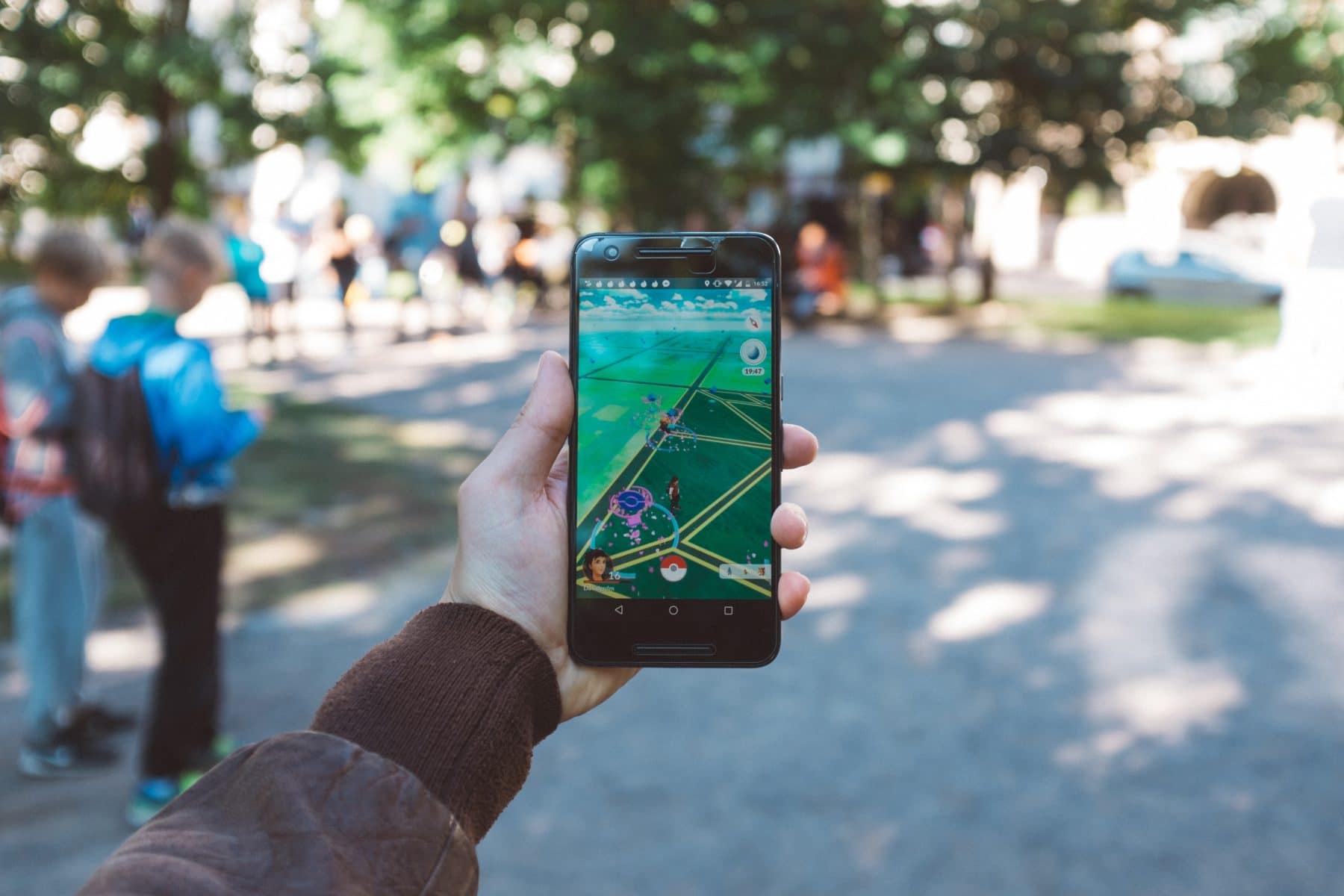Rapid advances in technology have changed the way we discover and consume content. New platforms like Netflix and Spotify have flourished because they meet our human needs story-telling and connection. Now Augmented Reality (AR) is the technology best positioned and best suited to create connections through content.
AR overlays the digital world onto the real world, making the canvas for creativity unlimited. Snapchat Lenses let creators enhance communication with friends and family by adding a digital layer onto selfies. It’s a great use of the front-facing camera. However, turning the rear-facing camera to the world opens up even deeper experiences.
The content-creation opportunity for AR lies in the people, places and things that can be transported across time and space. American Express’s Outside In uses volumetric AR video, a technique that captures a three-dimensional scene, bringing Justin Timberlake into your living room, for example. AR portals allow us to step into a virtual scene in which we can interact with digital characters driven by AI. Game of Thrones, Spiderman, Harry Potter, Pokémon and more have all used AR as a story-telling medium to promote upcoming releases. AR has also transformed museums by using exhibits to unlock educational experiences that take visitors deeper into the history and stories behind the art and artefacts.
The next generation of AR promises to create even stronger experiences. This year, for example, AR brings a large-scale shared experience to devices around the world through “JFK Moonshot” – a first-of-its-kind AR documentary app. The app commemorates the 50th anniversary of the Apollo 11 launch and five-day mission, by placing the virtual rocket and a spatial recreation of the trip from Earth to Moon right in your living room.
As a content medium, AR is now on the cusp of moving from experimentation to scale with the very real ability to reach mass audiences. 69 million people in the US are expected
to AR at least once a month this year, so what was once novel has now become essential. We are already using AR to shop for furniture and cars, take augmented selfies and follow directions. Soon we will have a much richer library of AR experiences that we can launch from our smartphone or smart glasses, anywhere and everywhere.
SIGN UP FOR ZENITH INSIGHTS



